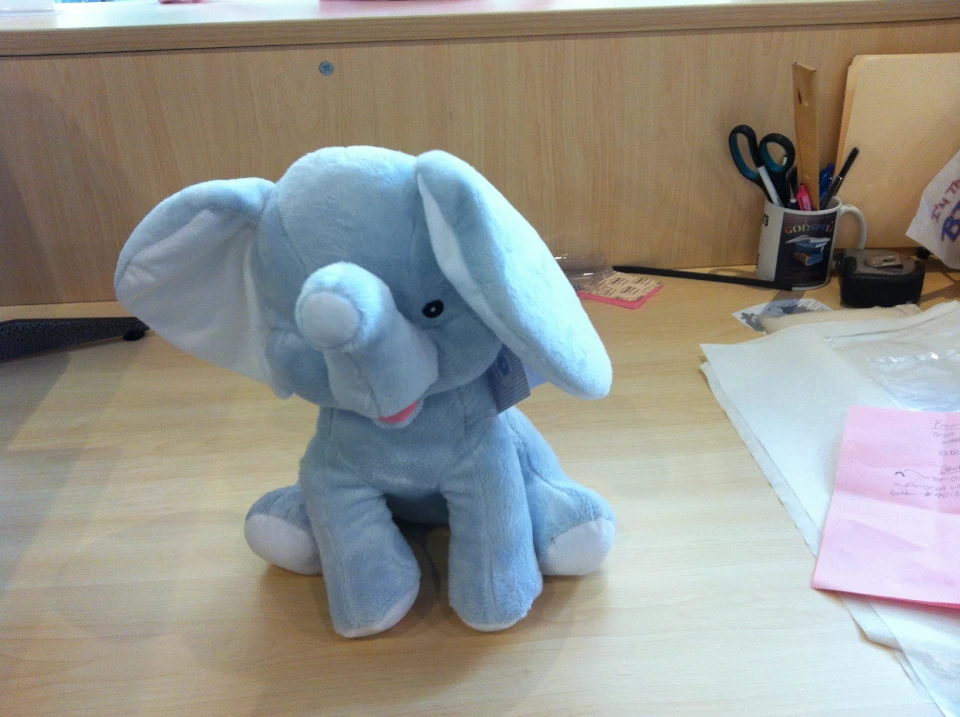The Art of Personalized Embroidery: Unlocking the Tricks to Creating Unique and Unforgettable Designs
The keys to developing customized needlework designs that captivate the eye and leave a lasting impact lie in a delicate equilibrium of technique, creativity, and interest to information. As we dig right into the world of customized embroidery, we uncover the nuanced interaction between thread choice, sew intricacy, and design customization that elevates a mere garment to a work of art.
Choosing the Right Embroidery Threads
When choosing needlework strings, what essential elements should you consider to guarantee the ideal results for your custom designs? The choice of needlework string is essential in identifying the final result of your embroidered style. One of the primary factors to consider is the material of the thread. Different products such as cotton, polyester, rayon, and silk supply differing degrees of luster, sturdiness, and structure. It is vital to select a thread product that matches the fabric you are embroidering on and straightens with the preferred appearance of the design.
Thicker threads can include measurement and texture to your style, while finer threads are suitable for elaborate information and small text. Additionally, thinking about the color fastness and washability of the thread is vital to ensure that your customized designs preserve their high quality and vibrancy over time.
Discovering Different Stitch Techniques
To explore the realm of 'Exploring Different Stitch Techniques', one need to comprehend the ins and outs and subtleties that each stitching technique brings to the art of needlework. Different stitch techniques not only add aesthetic rate of interest however also add to the general appearance and measurement of the design. One preferred stitch technique is the satin stitch, which involves closely jam-packed parallel stitches to develop a smooth and glossy surface, perfect for loading in shapes and producing vibrant describes.
On the various other hand, the backstitch is a versatile method frequently used for detailing and adding great details. It entails stitching backward to create a solid line of needlework. Additionally, the French knot stitch includes a responsive element to layouts, ideal for producing textured accents like flower facilities or attractive touches.
Discovering various stitch techniques allows embroiderers to play with light, shadow, and deepness within their designs, elevating the aesthetic appeal and artistic top quality of their needlework tasks. By grasping different stitching methods, one can unlock unlimited opportunities for creating distinct and remarkable custom-made needlework items.
Incorporating Personalized Style Elements
Having actually explored the ins and outs of different stitch techniques such as the satin stitch, backstitch, and French knot, the emphasis now shifts in the direction of including individualized style components in customized needlework projects. Customized style elements play an essential function in making embroidery tasks really unique and remarkable.
Another means to include personalized layout aspects is by consisting of icons or themes that hold special meaning to the recipient or reflect their interests and individuality. For instance, incorporating a favored flower, animal, or hobby-related symbol can make the embroidery design much more purposeful and customized. In addition, picking shades that resonate with the recipient or straighten with the desired style can even more boost the personalization of the embroidery task.
Grasping the Art of Shade Control

One key element of shade coordination is recognizing color concept. This consists of knowing how different shades engage with each other, the feelings they communicate, and how they can Continue be combined try this out to develop aesthetically attractive designs. By using shade theory concepts, embroiderers can produce unified color schemes that improve the general appearance of the design.
Furthermore, taking notice of contrast is important in shade sychronisation. Using contrasting colors can aid specific elements of the style pop, improve readability, and produce an aesthetically dynamic embroidery item. By understanding the art of color coordination, embroiderers can elevate their layouts and create memorable items that resonate with clients and viewers alike.
Enhancing Texture With Advanced Needlework Stitches
Bullion knots, on the other hand, can be made use of to develop twisted, ropelike elements that add an extravagant feeling to the needlework. Trying linked here out with these innovative needlework stitches permits you to press the boundaries of traditional needlework and produce truly unique and aesthetically appealing appearances in your styles.
Conclusion
In verdict, the art of custom-made embroidery entails a combination of choosing the ideal threads, discovering different stitch strategies, integrating customized layout aspects, grasping color sychronisation, and enhancing structure with advanced stitches. By comprehending and implementing these crucial elements, embroiderers can develop unique and remarkable designs that display their creative thinking and skill. Needlework enthusiasts can open the secrets to developing gorgeous and custom items that stand apart and leave a long-term impression.